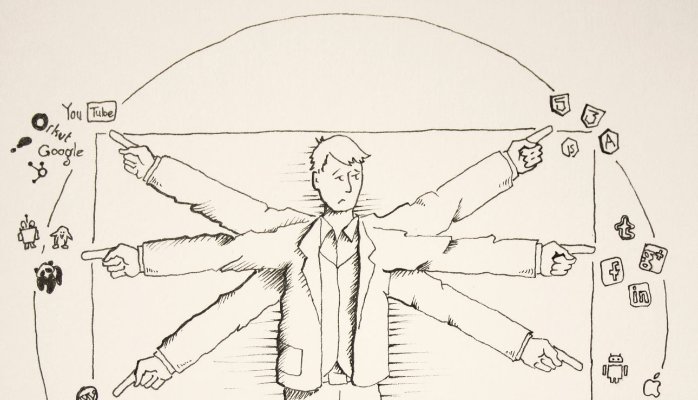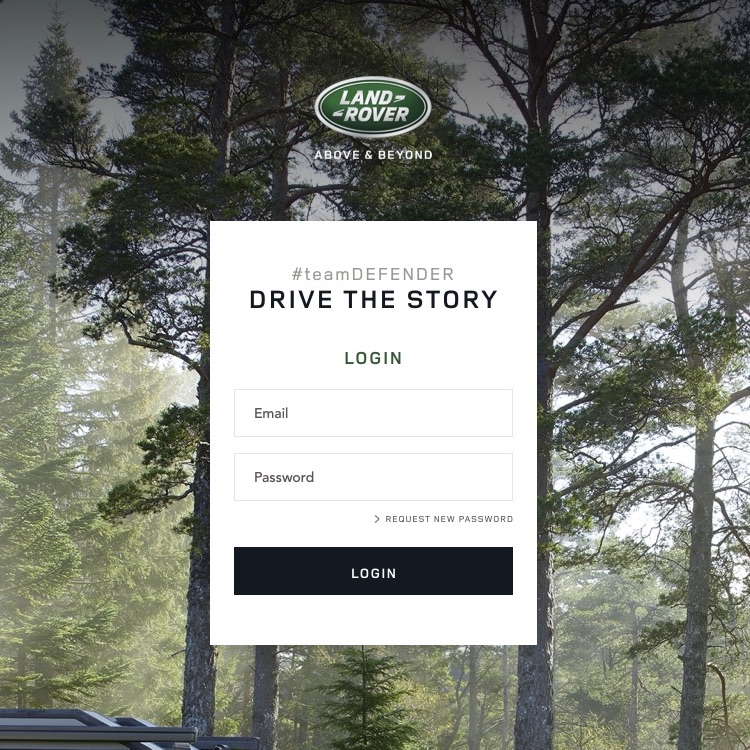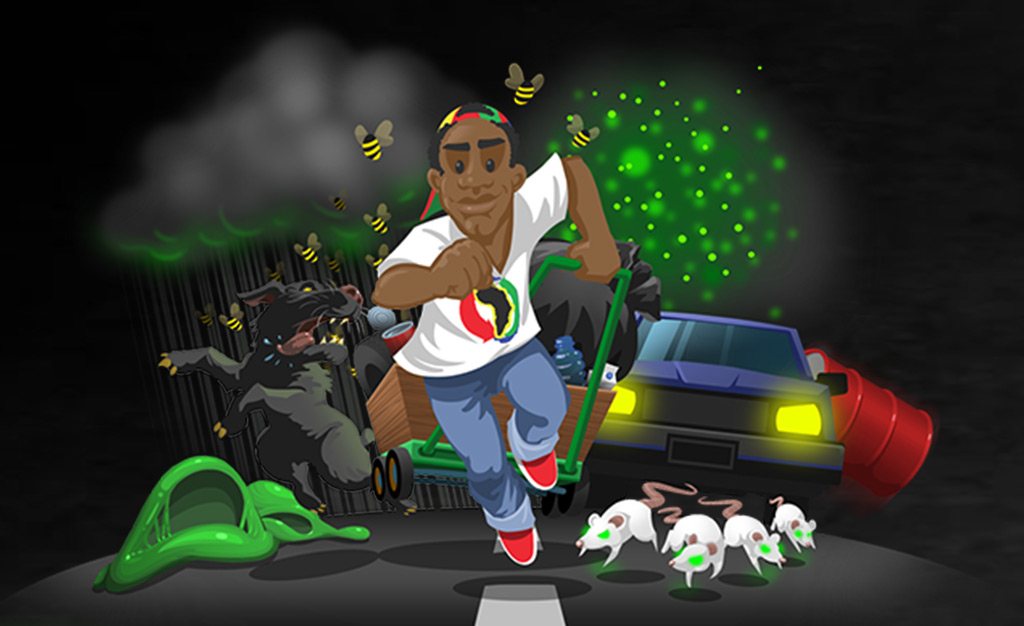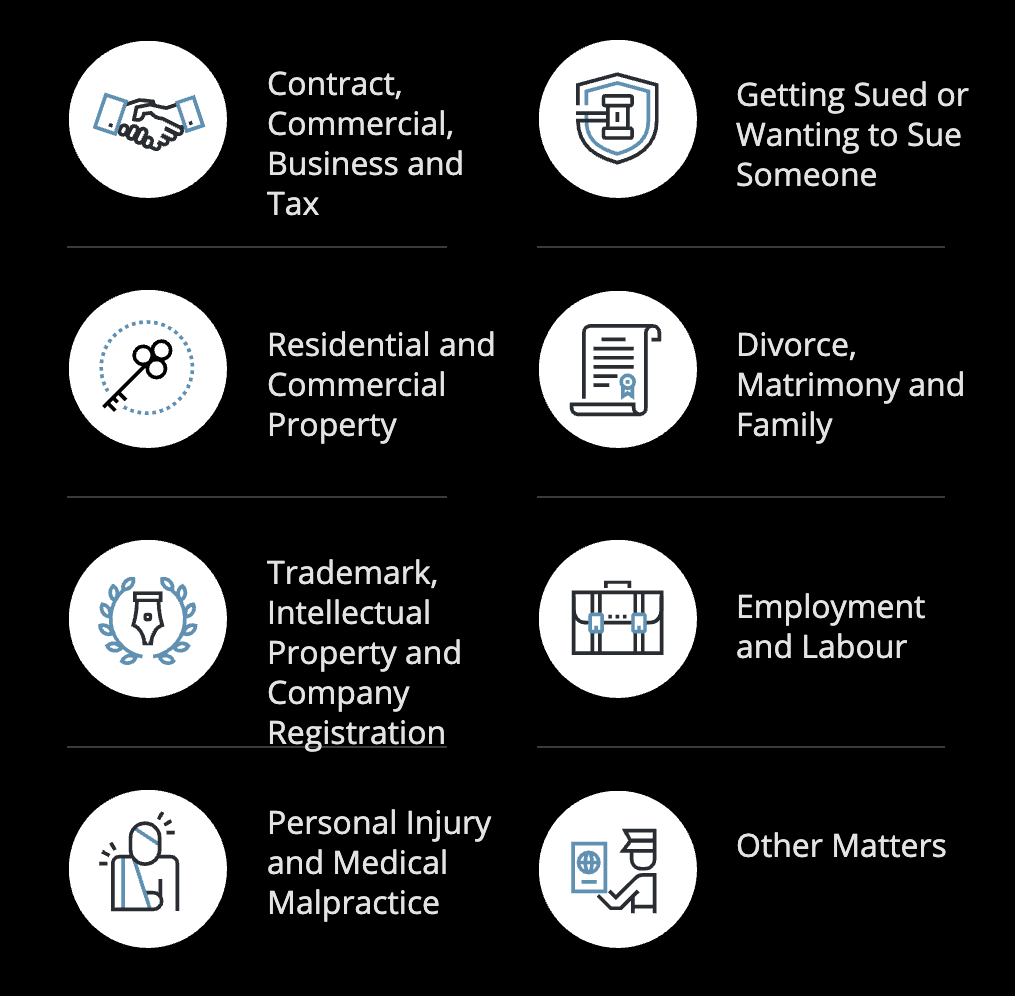Tell me if this sounds familiar. Your Client needs help, but you don’t offer the service/product they want…
If you say no, they are forced to go to another studio that not only offers the service in question, but everything else yours does and more. You don’t want to lose the business, so you take on yet another service offering into your stable that you don’t really want to support.
It’s a vicious circle that means we all end up singing the same tune – “We are a full service digital studio offering web design, mobile app development, search engine optimization, social community management, media planning, UI/UX design, blah, blah, blah…”
 The danger is that you end up spread to thin, trying to do too much, to please too many and it’s not sustainable. First off, you can’t be that good at everything, and even if you were that good, there just isn’t enough time to do everything well. Digital studios around the world, including mine, suffer from the same affliction.
The danger is that you end up spread to thin, trying to do too much, to please too many and it’s not sustainable. First off, you can’t be that good at everything, and even if you were that good, there just isn’t enough time to do everything well. Digital studios around the world, including mine, suffer from the same affliction.
As I wrestled with this dilemma, I stumbled across a possible solution in the most unlikely of places. I recently took a well-deserved “get-away-from-it-all” break to the winelands, where my wife and I stayed in this delightful little cottage on a working farm. As we explored the area, I couldn’t help but notice the peculiar shapes that the fruit trees were cut into.
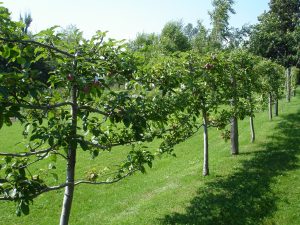 Apparently it’s a practice called Espaliering, which involves heavy cutting back all the trees into a distinctive shape.
Apparently it’s a practice called Espaliering, which involves heavy cutting back all the trees into a distinctive shape.
My first thought was that it seemed strange to cut back so much of the tree; surely the bigger it is, the more fruit it yields?
Well, yes and no. While a bigger tree does bear a lot more fruit, a lot of it is wasted. A big tree makes it more difficult to treat thoroughly with pesticide and much of the fruit in the dense middle is simply not protected from bugs, birds and rot. The battle for light is another issue.
A big tree makes a lot of shade, which means less sun for the fruit stuck away at the bottom and middle of the tree. Then when it comes to harvesting, it’s almost impossible to get to all of the fruit. So what you end up with is a lot of fruit that ultimately gets wasted, eaten by bugs or simply rots. Not to mention all the water and nutrients that this wasted fruit uses up, which could have been better utilized elsewhere.
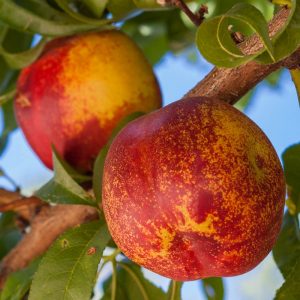 The opposite is true with Espaliering.
The opposite is true with Espaliering.
The trees are cut into very particular shapes that make for easy and effective spraying of pesticides, so all the fruit is well protected throughout the growth season. They are cut parallel to the equator which means all the fruit on the tree get the longest possible exposure to the sun, from first to last light, effectively extending their growth season and allowing the fruit more time to mature.
Lastly, the shape of the tree allows for easy pickings, which again means that all the fruit is harvested. So while the cut back trees yield a lot less fruit overall, the fruit that does grow is healthy and robust and there is significantly less wastage of both fruit and the resources needed to grow them.
This intelligent, diligent practice of cutting-back essentially turns the fruit trees into a highly focused, efficient fruit-growing production line with little to no wasted effort.
All of this got me thinking – Espaliering might go some way to arguing for the benefits of re-focusing your efforts to enable you to what you do best. Jim Collins, in his must-read book, Good to Great, found compelling research showing companies that scrapped their less profitable concerns and focused on the core of what truly made their companies tick, consistently became great companies.
In February this year, 37 Signals announced they were cutting back heavily, getting rid of their many products and focusing solely on Basecamp. A ballsy move, but it means they can expose their software to all the “light” it needs and channel all their energy into their one cash-crop, Basecamp.
So, what are you doing right now that might be dragging your focus away from the real cash-generating “fruit” your company has to offer, minimizing your efficiencies and reducing your yields? If this is you and your studio, it might be time to consider cutting-back your portfolio and re-focus on the things that you are passionate about.
Now if I could just follow my own advice and do the same…
